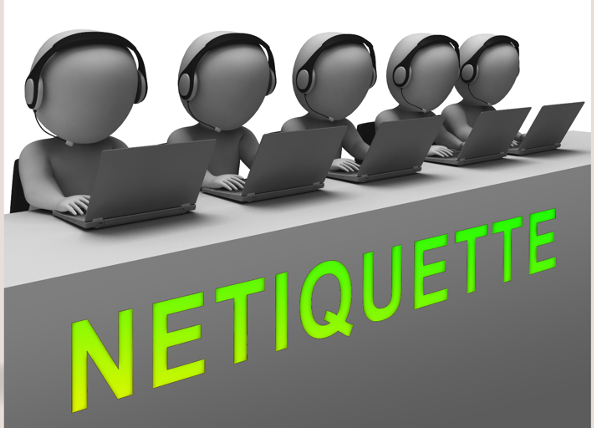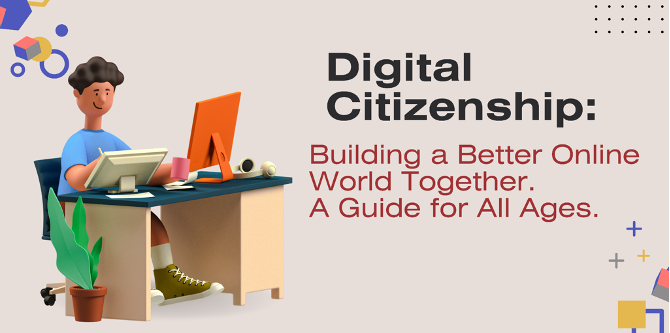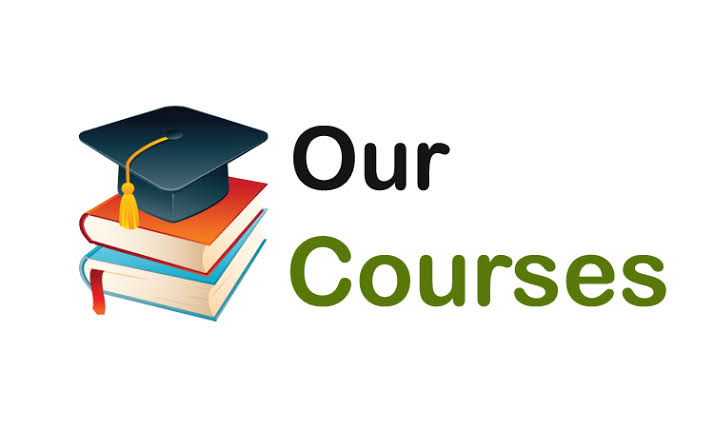In an era defined by digital connectivity and an ever-expanding online universe, fostering responsible, safe, and smart digital citizenship has never been more critical. Digital Citizenship Week, observed annually during the third week of October, serves as a timely reminder of the importance of maintaining positive and ethical online behavior. However, it’s imperative to acknowledge that digital citizenship is not just for students. Adults, too, must actively engage in teaching, learning, and practicing these principles to create a safer online environment for all.

Digital Citizenship for All Ages
The term “digital citizenship” encompasses the concept of being a responsible and ethical participant in the digital world. It involves adhering to a set of behaviors and attitudes that safeguard individual safety, privacy, and promote positive contributions to the online community.
Digital Etiquette, also referred to as Netiquette, stands as a fundamental component within the spectrum of digital citizenship education. It is a set of principles that advocate for the cultivation of respectful and responsible conduct in online interactions. This essential element underscores the importance of displaying online courtesy, exercising good manners, and engaging in ethical communication in the digital realm.
Here, I present a comprehensive guide for individuals of all ages to nurture responsible and safe digital citizenship.

A-Z Netiquette Tips
A – Avoid Caps: Refrain from using excessive capitalization when communicating online. It can be perceived as shouting or aggressive behavior.
B – Be Mindful of Trolls: Don’t feed the trolls. Avoid engaging with individuals who seek to provoke or disrupt online discussions for attention.
C – Control Screen Time: Limit the amount of time spent on digital devices, especially for children, to ensure a healthy balance between online and offline activities.
D – Double-Check Tone: Pay attention to the tone of your messages. Without non-verbal cues, misunderstandings can easily occur. Avoid sounding confrontational or offensive.
E – Embrace Privacy Settings: Utilize privacy settings on social media and other platforms to control who can access your content and personal information.
F – Fact-Check: Always verify the accuracy of information before sharing it. Misinformation and fake news can have real-world consequences.
G – Group Conversations: In group discussions, ensure your comments are relevant to the topic and avoid derailing the conversation.
H – Handle Personal Data Safely: Safeguard your personal data, such as social security numbers, addresses, and financial information. Be cautious when sharing this information online.
I – Inform Before You Share: Before forwarding messages, videos, or memes, ensure they are not misleading or potentially harmful. Misinformation spreads rapidly online.
J – Jokes and Humor: Be cautious with humor as it may not always translate well online. What’s funny to one person might be offensive to another.
K – Keep Calm and Respect Opinions: In online debates and discussions, maintain a respectful attitude even when disagreeing with others. Respect diverse opinions.
L – Limit Self-Promotion: Avoid excessive self-promotion or spamming. Share content that provides value to others rather than being self-centered.
M – Mind Your Language: Use appropriate and respectful language in your online interactions. Profanity and offensive language should be avoided.
N – Never Share Personal Passwords: Never share your passwords or sensitive login information with anyone, even if they claim to be from a reputable organization.
O – Open-Mindedness: Approach online discussions with an open mind and a willingness to learn from different perspectives.
P – Proofread Your Content: Before posting or sending messages, take a moment to proofread and correct any spelling or grammatical errors.
Q – Question Hoaxes: Be skeptical of sensational or alarming claims online. Verify the authenticity of such content before sharing it.
R – Respect Copyrights: Honor intellectual property rights by obtaining permission and giving credit when using others’ content or creations.
S – Secure Your Wi-Fi: Ensure your home Wi-Fi network is secure to protect your personal data from potential breaches.
T – Teach and Lead: Adults should actively teach and model good digital citizenship to children and young people. Lead by example and provide guidance.
U – Unfriend or Block Harmful Individuals: If someone persistently engages in harmful or inappropriate behavior, don’t hesitate to unfriend or block them to protect your online experience.
V – Verify Information Sources: Cross-reference information from multiple sources to confirm its accuracy, especially before sharing news or important facts.
W – Watch Your Clicks: Be cautious when clicking on links or downloading files from untrusted sources, as they may contain malware or phishing attempts.
X – Examine Your Social Circle: Regularly review your online contacts and connections. Remove or block those who do not align with positive digital citizenship principles.
Y – Yield to Experts: When seeking information on complex topics, rely on experts and reputable sources to ensure the accuracy and reliability of the information.
Z – Zero Tolerance for Cyberbullying: Stand firmly against cyberbullying and report any instances of online harassment to the relevant authorities or platforms.
These netiquette tips, when practiced, contribute to creating a more respectful, secure, and informed digital environment for individuals of all ages. Digital citizenship is a shared responsibility, and collectively, we can shape a better online world.
The Importance of Teaching Digital Citizenship

One of the most effective ways to promote responsible and safe digital citizenship is through education. Adults must not only lead by example but actively educate the children in their care about these crucial principles. Whether you’re a parent, guardian, educator, or a concerned member of society, taking the time to teach and model good digital citizenship is an investment in a safer, more respectful, and smarter digital future for all.
Let us all embrace our roles as digital citizens and empower the next generation to do the same. Together, we can create a more positive and secure digital world for everyone.











